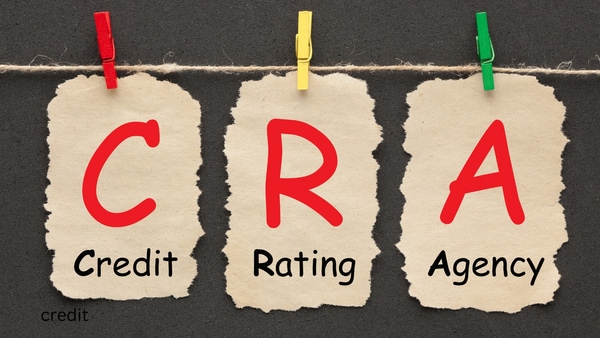Home / Business and Economy / Bond Ratings: A Snapshot, Not a Guarantee
Bond Ratings: A Snapshot, Not a Guarantee
19 Nov
Summary
- Corporate bond investors must conduct their own due diligence beyond credit ratings.
- Credit ratings are a helpful first defense but can be downgraded over time.
- Higher bond yields typically signify greater credit risk or complex structures.

As Indian investors seek returns beyond traditional deposits, the corporate bond market is gaining traction. Credit rating agencies (CRAs) registered with SEBI, such as CRISIL, ICRA, and CARE, play a vital role by analyzing company financials and assigning letter-grade scores.
These ratings, while informative, are not infallible and can be downgraded. Studies like CRISIL's Annual Default Study reveal that default rates are significantly higher in lower-rated bonds (BBB and below) compared to top-tier (AAA, AA) instruments. Investors must understand that higher yields almost always correlate with increased credit risk, lower liquidity, or more complex financial structures.
Therefore, a credit rating should be viewed as an essential initial tool, not the final word. Investors must perform their own due diligence, examining current ratings, outlook changes, and historical rating trends to assess whether a yield justifies the inherent risk before making investment decisions.




